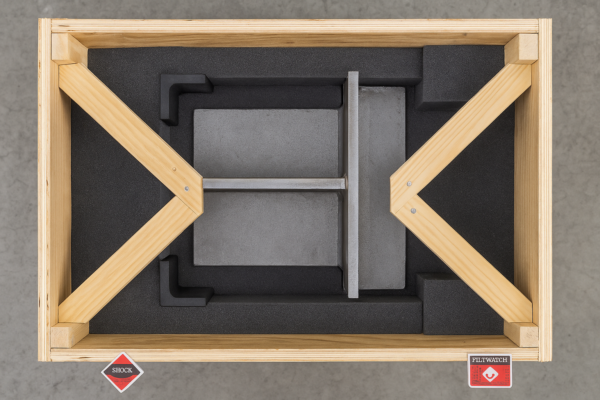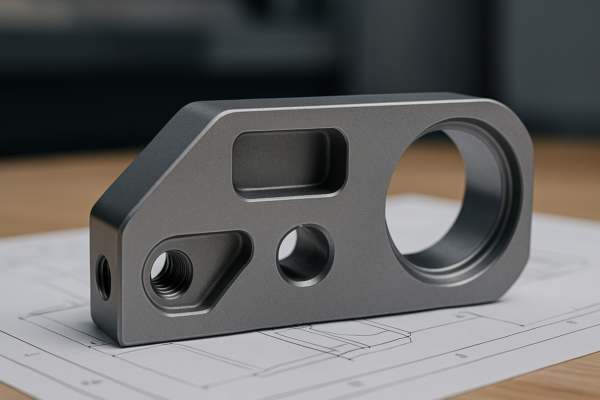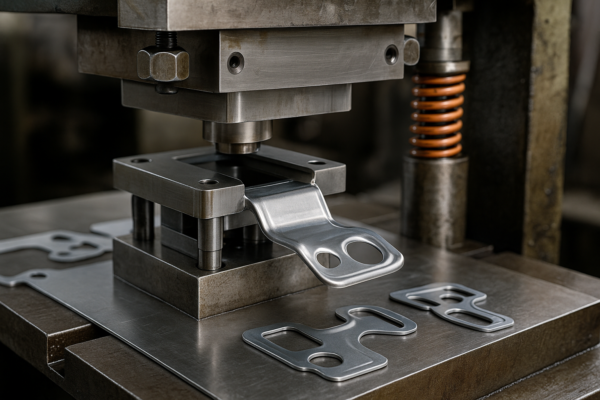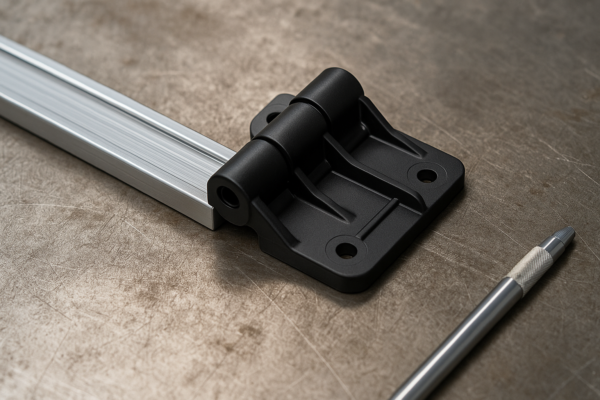How to Remove Dead Skin After a Cast?

After wearing a cast for weeks, it’s common to experience dry, flaky, and sometimes itchy skin beneath it. Removing this dead skin is essential to help your skin heal properly and feel comfortable again. But how do you safely exfoliate and restore your skin after removing the cast?
Snippet paragraph: Removing dead skin after a cast requires gentle exfoliation and moisturizing. Here’s your guide to restoring healthy skin and preventing further irritation.
Transition paragraph: If you’ve just removed your cast, don’t worry! Keep reading to learn safe and effective ways to care for your skin post-cast.
How to Exfoliate Dead Skin After Cast?
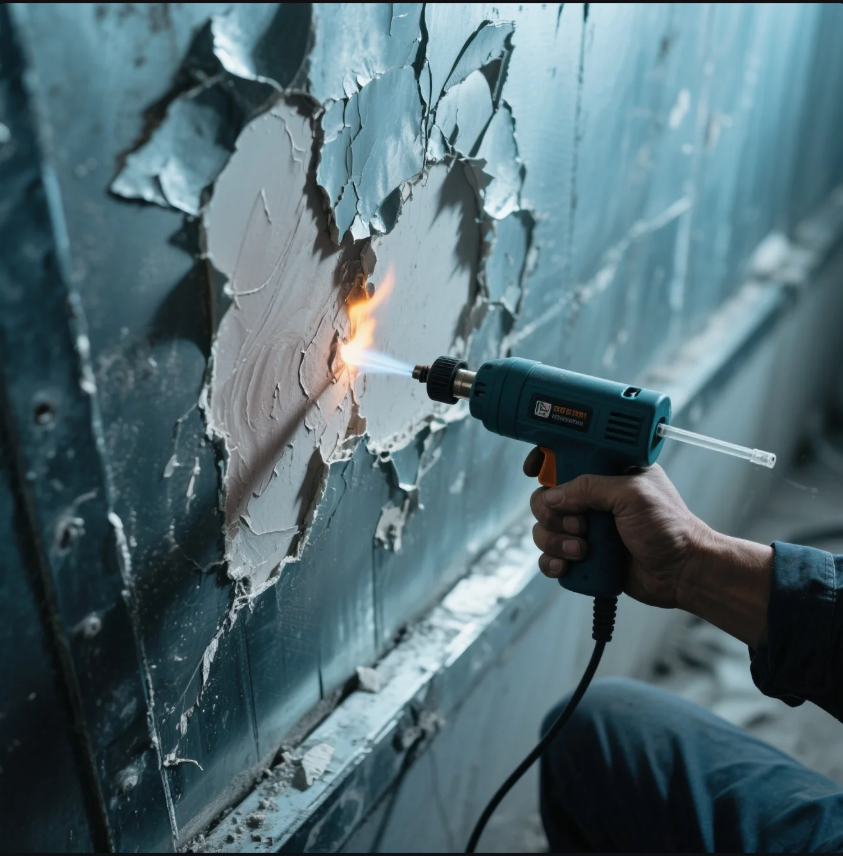
Exfoliating dead skin after a cast requires careful attention. The skin under the cast is often dry, flaky, and sensitive. It’s important to exfoliate gently to avoid irritation or damage to the skin.
Steps to Exfoliate Safely
- Soak your skin: Begin by soaking your skin in warm water for 10–15 minutes. This will soften the dead skin and make it easier to remove.
- Use a gentle scrub: Once your skin is soft, apply a gentle exfoliating scrub. Avoid harsh scrubs or anything with coarse particles, as this could irritate sensitive skin.
- Use a soft washcloth or loofah: Rub your skin gently in circular motions to remove the dead cells. Don’t be too rough, as the skin beneath may still be delicate.
- Moisturize: After exfoliating, apply a rich moisturizer to hydrate your skin. This will help restore moisture that may have been lost during the time in the cast.
What to Avoid While Exfoliating
- Avoid using sharp objects or scrapers: These can tear or damage sensitive skin.
- Don’t over-exfoliate: Exfoliating too often can make the skin even drier and more irritated.
How Do I Get My Skin Back to Normal After a Cast?
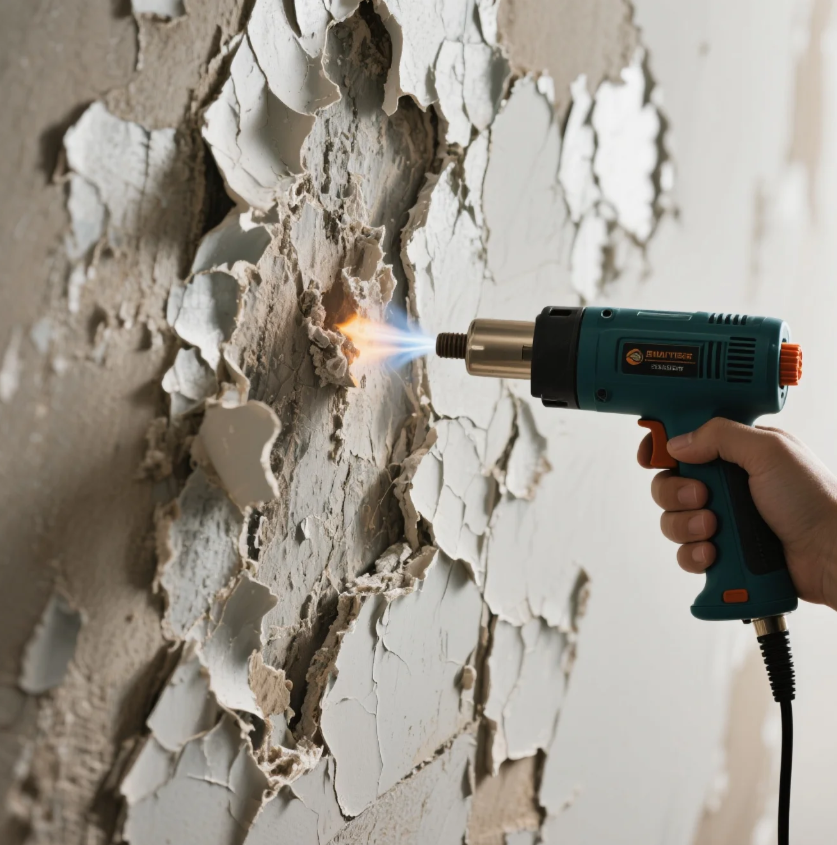
Getting your skin back to normal after wearing a cast takes time and patience. The skin under the cast has been deprived of air and movement, making it weaker and more prone to dryness. Here’s how to help it recover.
Key Steps for Skin Recovery
- Hydrate your skin: After exfoliating, continue to hydrate your skin with a thick, non-scented lotion or petroleum jelly. This helps lock in moisture and promotes healing.
- Stay gentle with your skin: Avoid harsh chemicals, exfoliants, or perfumes, as they can irritate the skin further. Stick to mild, fragrance-free products.
- Use sunscreen when exposed to the sun: Your skin may be more sensitive to sunlight after being covered for an extended period. Always use sunscreen to protect it from UV damage.
- Keep your skin moisturized daily: Regular moisturizing will keep your skin soft and flexible as it heals.
When to Seek Medical Advice
If your skin doesn’t improve or you notice signs of infection (such as redness, swelling, or pus), consult your healthcare provider immediately.
Why Do I Have So Much Dead Skin Under My Cast?
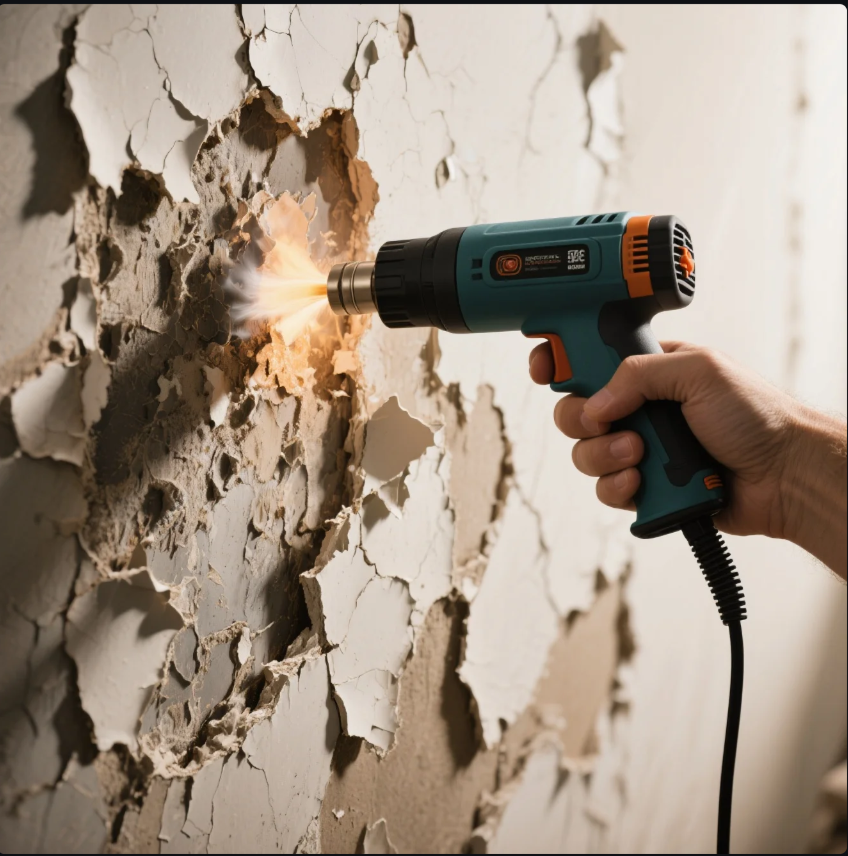
When a cast is applied, it prevents your skin from breathing properly. This results in moisture build-up and the shedding of dead skin cells. The skin under the cast doesn’t have access to air, which slows down the natural process of skin regeneration.
Why This Happens
- Lack of air circulation: The skin under the cast can’t breathe, leading to excessive dryness and peeling.
- Reduced movement: The lack of normal movement causes the skin to shed dead cells in an uneven way, which leads to an accumulation of skin flakes.
- Sweat and moisture: The build-up of sweat and moisture under the cast can make the skin more prone to dryness and dead skin cell formation.
How Do You Remove Cast Residue from Skin?
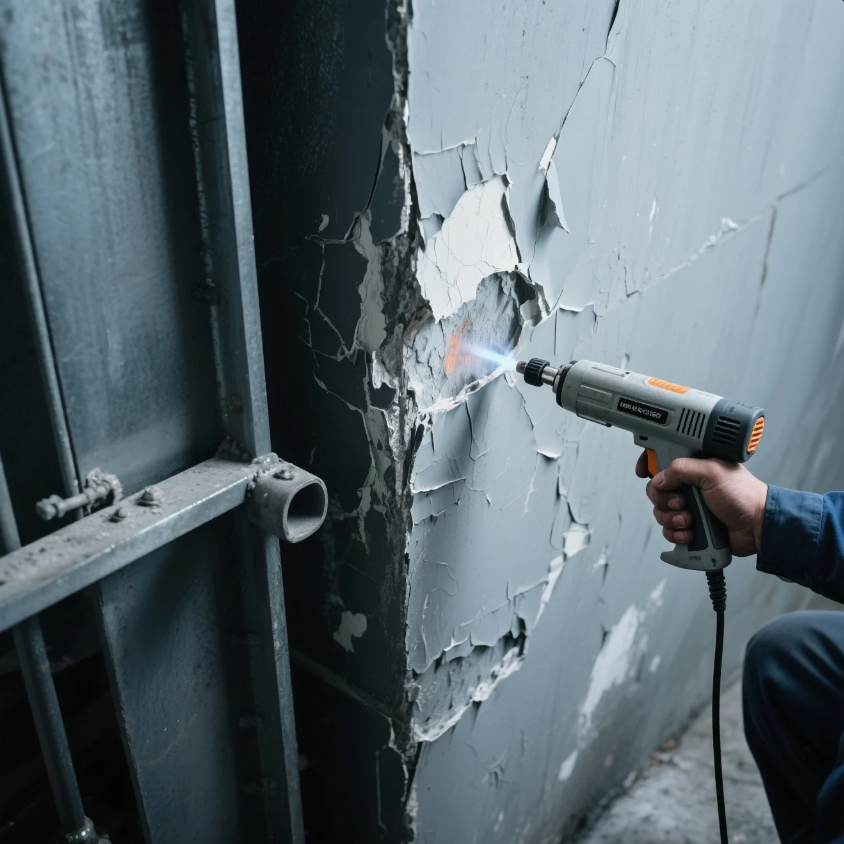
After removing the cast, you may notice some residue left on the skin, such as adhesive or other materials. This can be tricky to remove but is important for both hygiene and comfort.
Steps to Remove Cast Residue
- Use warm water: Soak the area in warm water to loosen any remaining residue. This helps to soften the adhesive and makes it easier to wipe away.
- Use a gentle cleanser or baby oil: Apply a gentle, fragrance-free cleanser or baby oil to the area. This can help break down the adhesive or other materials stuck on your skin.
- Gently rub with a soft cloth: Using a soft cloth, gently rub the area to remove the residue. Avoid scrubbing too hard, as your skin may still be sensitive.
- Rinse and moisturize: After all residue is removed, rinse your skin with clean water and apply a moisturizer to hydrate the skin.
Tips for Stubborn Residue
- Try using rubbing alcohol for stubborn adhesive residue, but only if your skin is not overly irritated.
- Be patient: Don’t rush the process to avoid skin damage.
Conclusion
Restoring your skin after a cast requires gentle exfoliation, moisturizing, and some patience. By following the steps mentioned above, you can safely remove dead skin, hydrate the area, and allow your skin to heal. If you encounter persistent issues or skin irritation, consult your healthcare provider.
For more skincare tips or if you need guidance on choosing the right products for post-cast skin recovery, reach out to Prime. Our experts are here to offer you personalized advice and solutions for your skin care needs.

